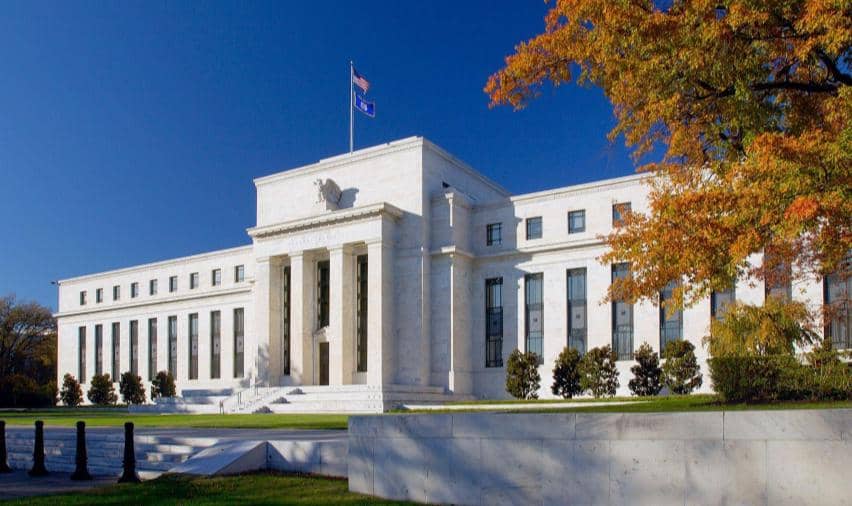Credit Lines: European companies need to readjust to high real rates

14 OCT, 2023

By Dierk Brandenburg, Analyst, Scope Ratings.
Poor business sentiment in Europe has led to a rapid worsening in growth forecasts as companies grapple with higher borrowing and wage costs. Disinflation provides some relief, but the reality is that firms have yet to fully adjust to higher real rates.
European economic confidence remains tepid after three-quarters of stagnation. The most recent survey data shows broad weakness across manufacturing and services as well as countries in the euro area, the UK, and the Nordics. This occurs just as the ECB and other central banks have seemingly completed their very steep rate-hike cycles that started in 2022 amid signs that inflation is finally subsiding.
While disinflation is very good news, it comes with the realization that interest rates will remain high for the foreseeable future because central banks remain determined to reduce core inflation to their pre-crisis targets, which they are unlikely to reach before 2025, if at all. Meanwhile, rising oil prices are putting upward pressure again on headline inflation.
Credit markets so far have taken these stagflationary trends in their stride with elevated but stable spreads and brisk issuance activity compared with 2022. However, lower inflation means that real interest rates are set to rise as higher interest rates feed into the real economy testing the resilience of many borrowers.
While many had locked in low funding costs through fixed-rate bond financing and mortgage loans, the cost of floating-rate bank financing, the dominant funding source for European corporates, had already more than doubled by mid-2023 and is set to rise further as the remaining interest rate hikes feed through and hedges runoff. This trajectory already weighs on interest-coverage ratios, especially in highly leveraged sectors such as real estate, and will continue to do so.

For other sectors, soaring funding costs come as salaries catch up with inflation. Unlike in the US, where pay rises slowed down this year, growth accelerated in Europe during 2023, especially in the UK. While falling real wages have been positive for corporate profits, this trend is likely to reverse, as weak demand for goods and services is limiting their pricing power, e.g., in construction or in energy-intensive industries that already suffer from high input costs.
In the euro area, unit labour cost moved up in line with inflation this year, a trend that has yet to fully reflect wage settlements that in many cases are backloaded into 2024. Thus, profits in labour intensive industries, especially services, will get squeezed unless companies can pass further price increases on to consumers, which is of course what central banks want to avoid. This leaves companies with shrinking EBITDA margins as volume growth slows and funding costs go up.

For European companies, the coming quarters will witness the full pass through of monetary policy into the real economy. The speed of rate increases has given borrowers little time to adapt and the anticipated duration of the “higher for longer” regime means that companies will have to make yet more adjustments to their leverage and business models.
The broader economic context is less than ideal, considering Russia’s war in Ukraine among other geopolitical flash points, energy insecurity, rising cost of decarbonisation, and waning fiscal support.
No wonder economic sentiment is poor. The confidence boost from falling inflation cannot come soon enough.
That said, high-interest rates have not been bad news for all sectors, not least Europe’s banks, though the benefits are diminishing.


